9 U.S. Lakes With The Richest Variety Of Fish Species
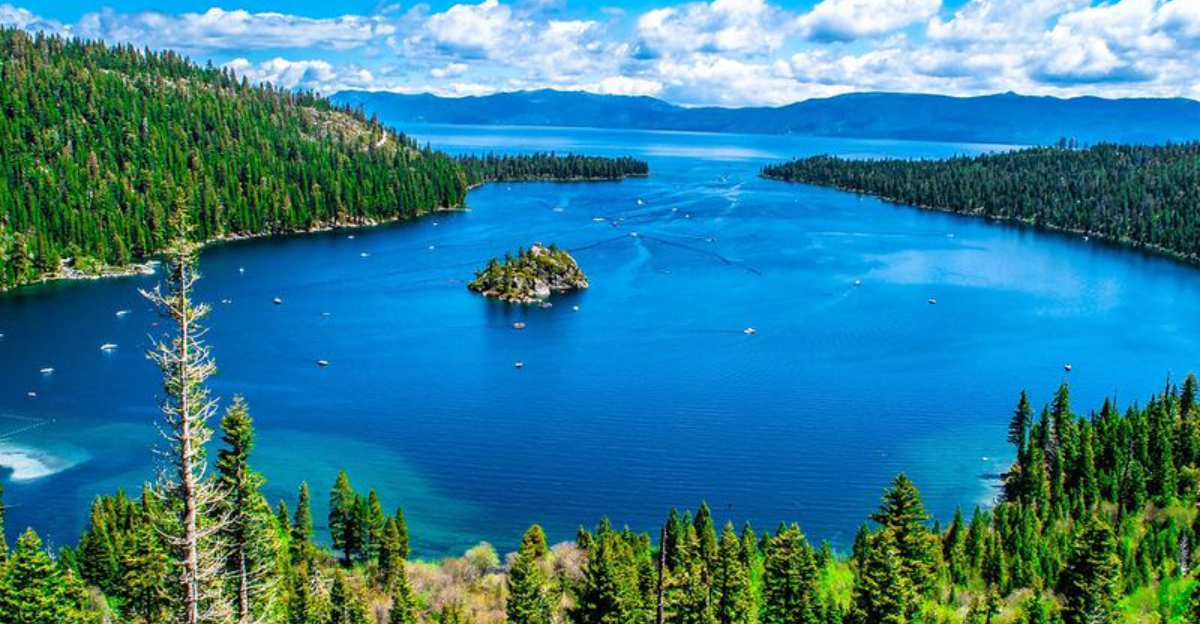
America’s lakes are teeming with finned wonders that make them paradise for anglers and nature enthusiasts alike. From the sprawling Great Lakes to hidden gems tucked away in forests, these bodies of water support incredible biodiversity beneath their surfaces.
Whether you’re casting a line or simply appreciating nature’s bounty, these nine lakes stand out for their remarkable variety of fish species.
1. Lake Erie (Ohio, Pennsylvania, New York, Michigan)
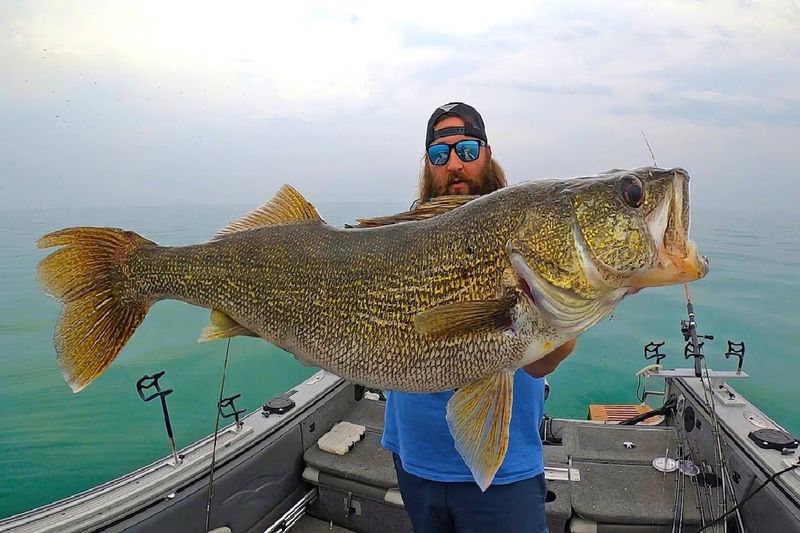
The shallowest of the Great Lakes packs a surprising punch with approximately 107 fish species swimming in its waters. Anglers flock to Erie for prized catches like walleye, yellow perch, and smallmouth bass.
Its relatively warm waters and nutrient-rich ecosystem create ideal conditions for fish diversity. Despite pollution challenges in the past, Lake Erie has made a remarkable recovery, becoming a testament to successful conservation efforts while maintaining its status as the most biologically diverse Great Lake.
2. Clear Lake (California)
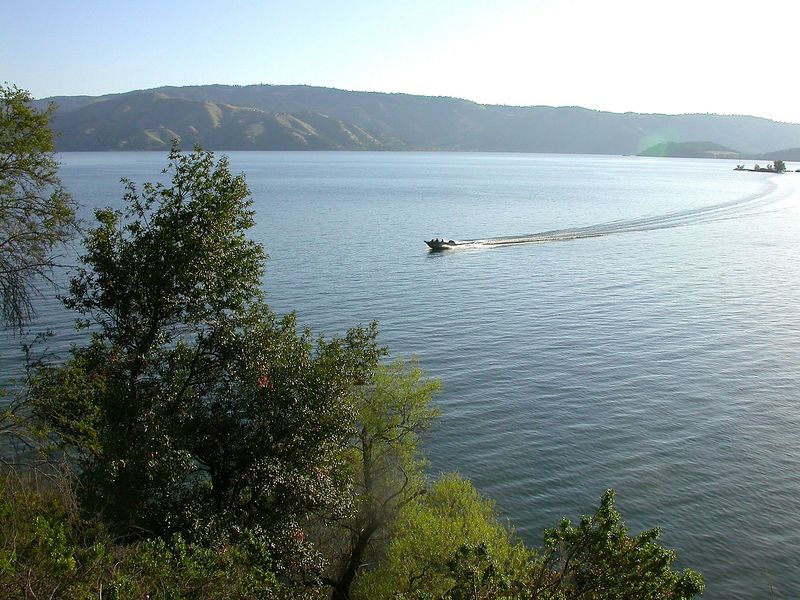
Ancient and abundant, Clear Lake predates most North American lakes at over 450,000 years old. This California treasure boasts legendary largemouth bass fishing that draws competitive anglers from across the country.
Beyond bass, the lake teems with crappie, bluegill, carp, and catfish. Native Americans called it the “Lake of the Tule Reeds,” recognizing its rich ecosystem long before modern fishing enthusiasts discovered its potential. Even during drought years, Clear Lake maintains sufficient depth to support its diverse aquatic inhabitants.
3. Green Lake (Wisconsin)
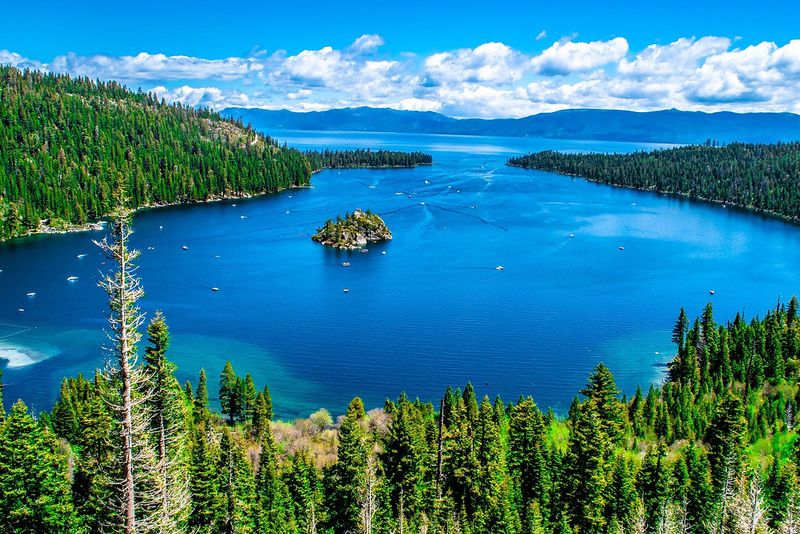
Carved by glaciers thousands of years ago, Green Lake plunges to depths of 236 feet, making it Wisconsin’s deepest natural inland lake. This remarkable depth creates distinct temperature zones that support both cold-water species like lake trout and warm-water fish like bass.
The crystal-clear waters reveal underwater structures where fish congregate. Forty different species call this lake home, including northern pike that grow to impressive sizes. The lake’s unique emerald tint comes from minerals in the water reflecting sunlight, creating a mesmerizing backdrop for anglers.
4. Mille Lacs Lake (Minnesota)
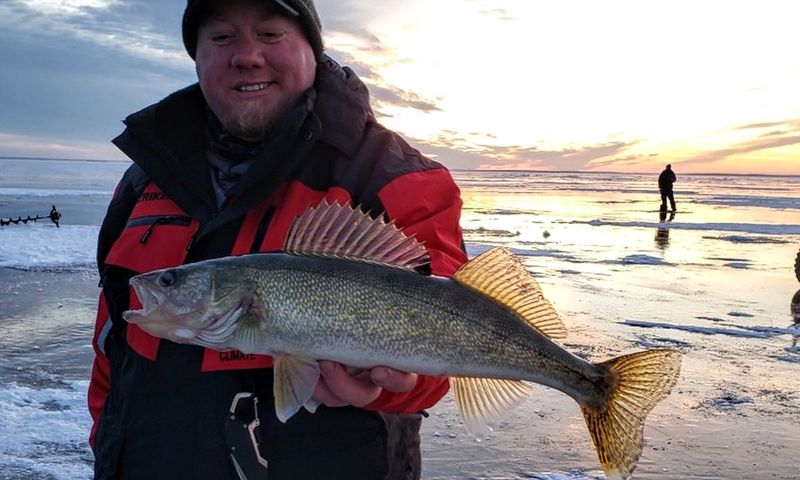
Sprawling across 132,000 acres in central Minnesota, Mille Lacs transforms with the seasons, offering year-round fishing adventures. Summer brings walleye chasers in boats, while winter creates a miniature city of ice fishing houses across its frozen surface.
The lake’s name means “thousand lakes” in French, referring to the many small bays and inlets that create diverse habitats. Trophy muskies lurking in deeper waters can reach over 50 inches long!
Surrounded by rocky and sandy shorelines, Mille Lacs provides perfect spawning grounds for multiple species, ensuring healthy fish populations year after year.
5. Lake Okeechobee (Florida)
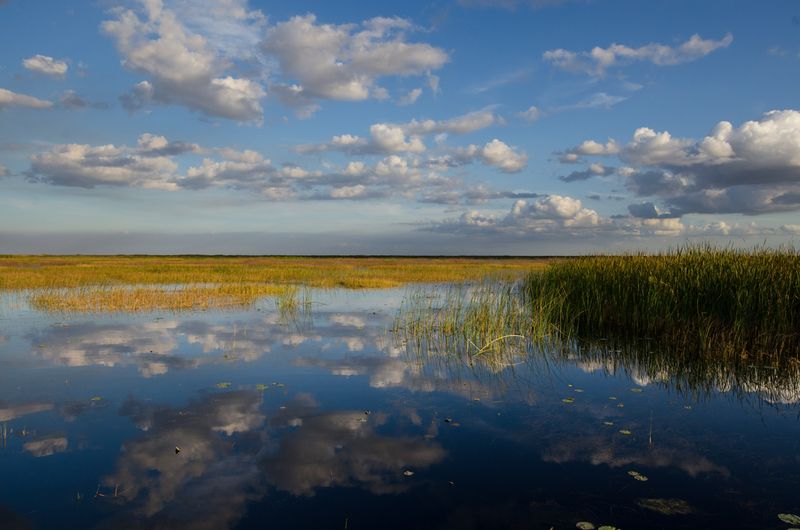
Florida’s “Liquid Heart” spans a massive 730 square miles yet averages just 9 feet deep. This shallow, warm-water environment creates perfect conditions for largemouth bass that grow to trophy sizes in the abundant vegetation.
Native Americans named it Okeechobee, meaning “big water,” an apt description for this inland sea. Alligators sunning themselves on banks while ospreys dive for fish create a wild Florida tableau.
The lake’s extensive marshes and grassy edges form nurseries for young fish, contributing to over 40 species thriving in this subtropical paradise.
6. Lake Lacawac (Pennsylvania)
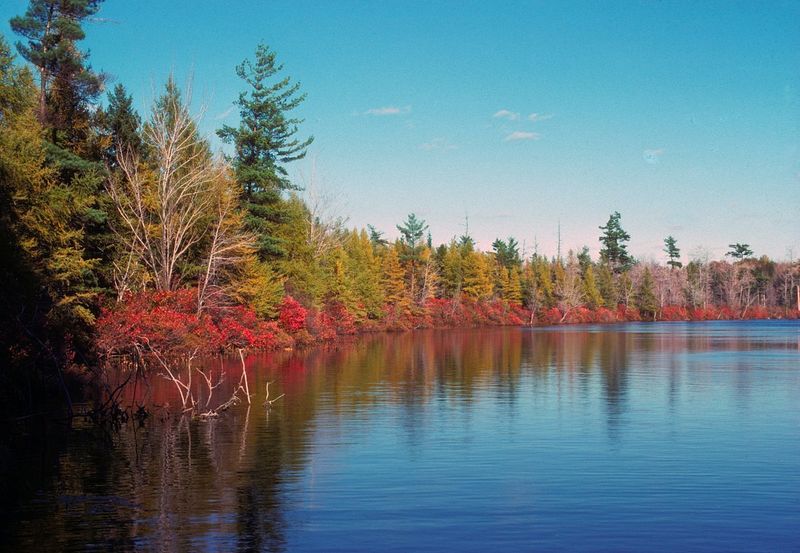
Hidden in Pennsylvania’s forests lies a pristine ecological treasure untouched by development. Lake Lacawac serves as a living laboratory for scientists studying natural lake conditions, with strict regulations protecting its waters from motorboats and pollution.
Chain pickerel patrol the lily pads while pumpkinseeds flash their colorful sides in the shallows. The surrounding hemlock forest creates ideal shaded habitat along the shoreline.
Unlike many lakes that have been altered by human activity, Lacawac offers a glimpse into what natural fish communities looked like centuries ago, making it invaluable for understanding native species interactions.
7. Lake Michigan (Michigan, Wisconsin, Illinois, Indiana)
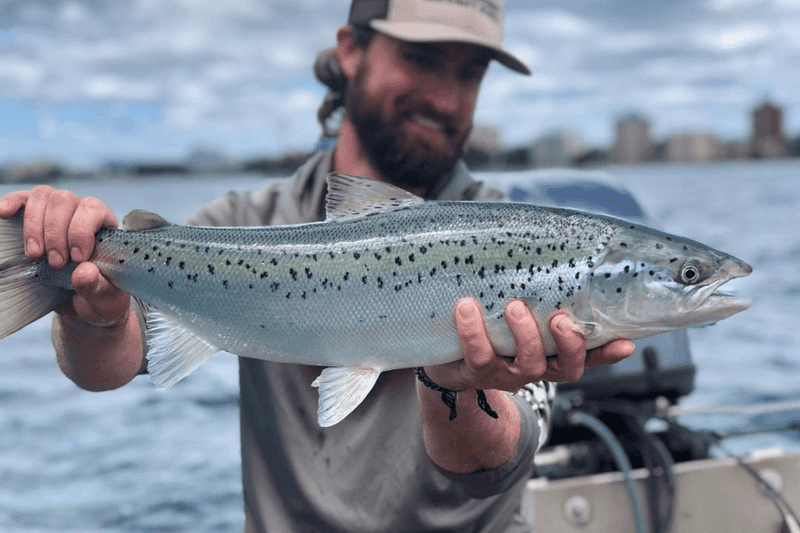
Magnificent Lake Michigan holds enough water to cover the entire state of Massachusetts in 12 feet of water! With 139 native fish species, this freshwater giant offers something for every angler, from salmon introduced in the 1960s to native lake trout that have swum these waters for millennia.
Sand dunes towering over 400 feet high line portions of the shoreline. Shipwrecks scattered across the lake bottom create artificial reefs where fish congregate.
The lake’s size creates its own weather patterns, with water temperatures and currents varying dramatically, creating multiple ecosystems within one massive body of water.
8. Lake Champlain (New York, Vermont)
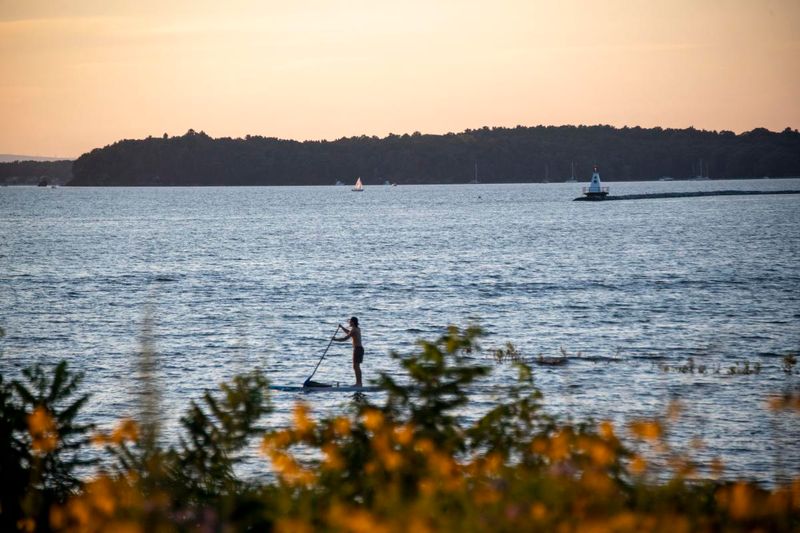
Revolutionary history meets natural wonder in Lake Champlain, where battles were fought above while fish have thrived below for centuries. Stretching 120 miles north to south, this border lake hosts over 80 fish species in diverse habitats ranging from shallow marshes to 400-foot depths.
Local legends speak of “Champ,” a lake monster supposedly lurking in the deeper sections. The reality is equally fascinating, with massive lake trout and salmon swimming alongside prehistoric-looking longnose gar.
The lake’s connection to both the St. Lawrence Seaway and Hudson River systems has allowed for natural fish migration, contributing to its remarkable biodiversity.
9. Lake Of The Ozarks (Missouri)
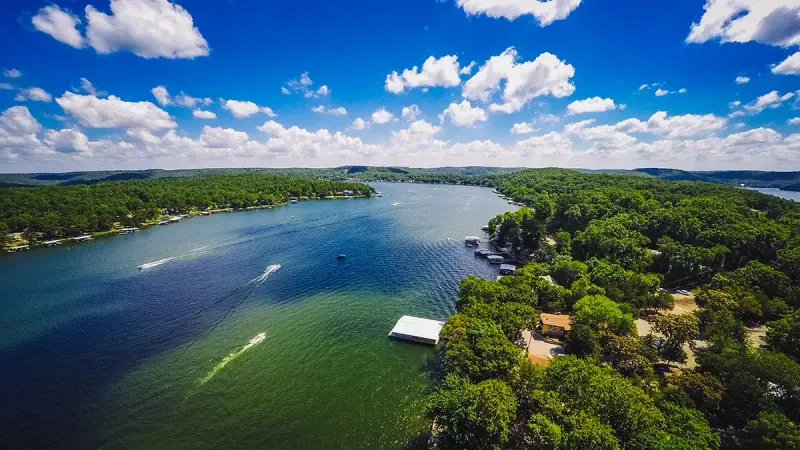
Man-made marvels can rival natural ones! Created in 1931 with the construction of Bagnell Dam, Lake of the Ozarks features over 1,150 miles of shoreline—more than the entire California coast.
The winding, snake-like shape creates countless coves and inlets where fish thrive. Massive flathead catfish weighing over 50 pounds lurk in deeper channels. Tournaments throughout the year target different species, from spring crappie to summer bass.
The submerged remnants of forests and structures from before the valley was flooded provide perfect habitat for fish, creating a sportsman’s paradise from what was once dry land.






